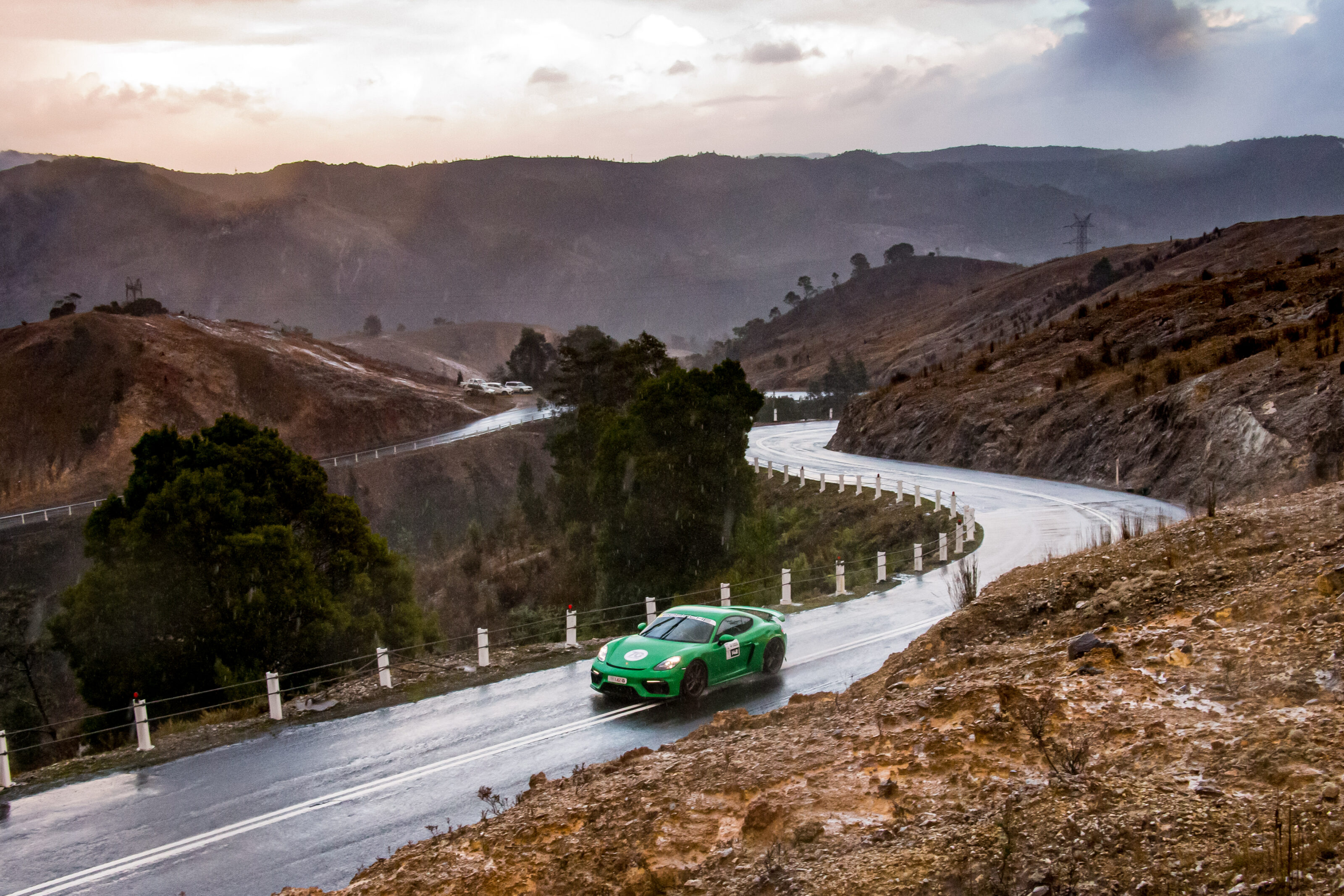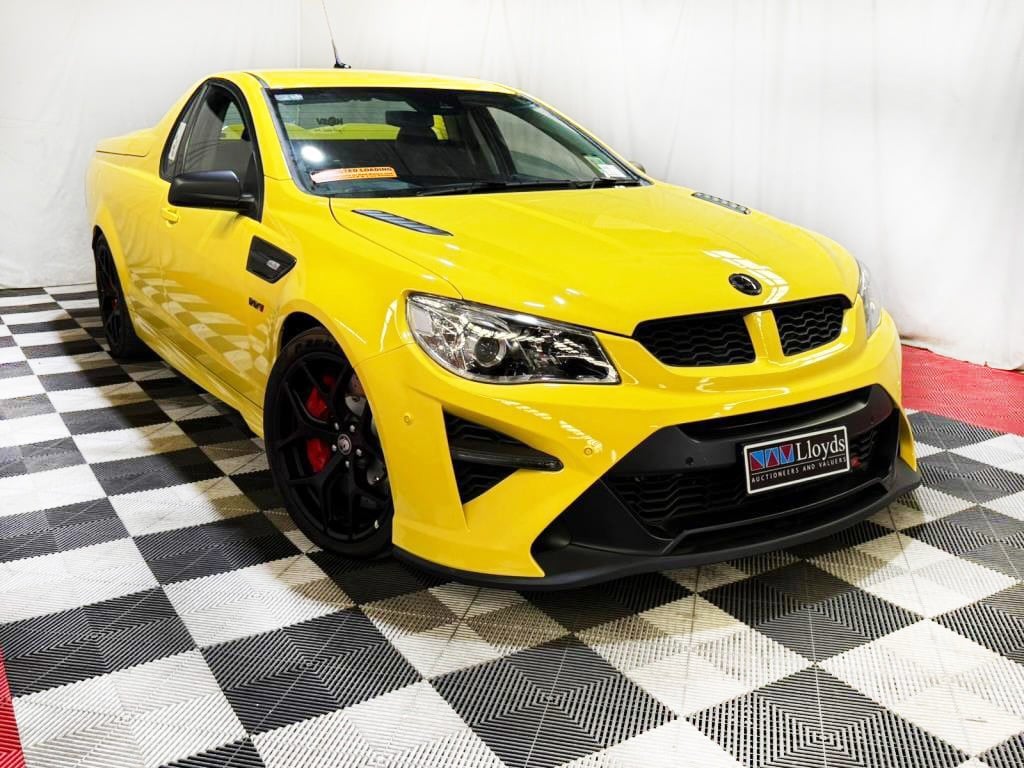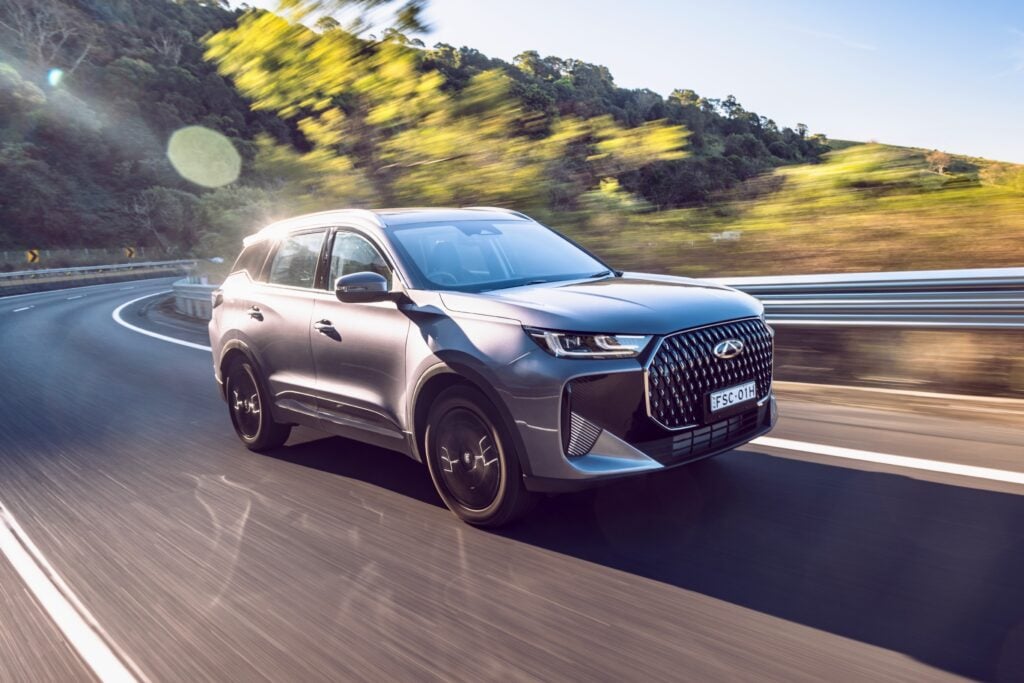“I researched which is more deadly,” says random dude on an internet forum.
“Racing at the Isle of Man versus storming the beaches of Normandy at D-Day. If a rider contemplates racing the IOM TT for two to three years, his odds of surviving D-Day are the same as odds of surviving the racing.”
That’s an incredible statistic. It’s also completely untrue.
One in 36 who braved the beaches at Normandy lost their lives. Some 376 riders competed in the TT in 2019, so to replicate that attrition rate, nearly 10 of them would have to have perished. Only one did. Yet these nonsenses concerning safety in motorsport often go unchallenged.
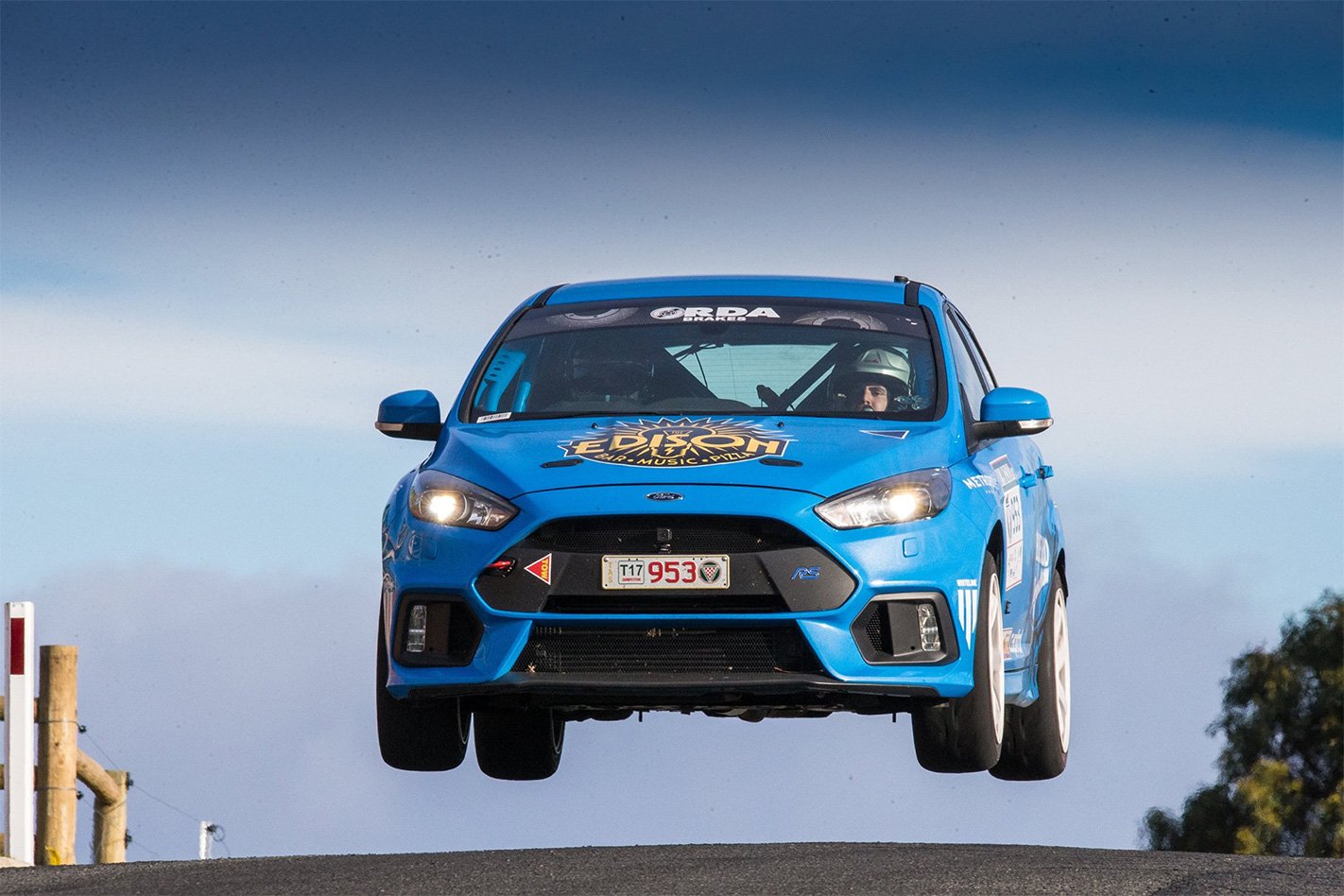
I write this in the wake of the outcome of this year’s Targa Tasmania, where three competitors lost their lives.
Motorsport Australia is setting up an investigatory tribunal, but as tragic as the events are, it’s clear that this year is a statistical outlier.
The event has been held since 1992 and, prior to this year, the fatality count stood at two. Statistically, the Tour de France cycling race is a more dangerous event, with four fatalities in that period among competitors and spectators.
Is it too soon to be applying a stark, statistical analysis? I think not. It serves us well to remind ourselves of the risks, because humans are poor at assessing probability and risk. Our brains are wonderfully adapted for scanning the environment and evading a visible hazard. That’s what they’ve done for millions of years, but evolution has only relatively recently gifted us the ability to predict the location and timing of an event before it occurs.
This add-on utility is an incredible adaptation of the neocortex but it’s not entirely foolproof. The psychology of risk is a work in progress, as the parts of our brains which intuit and reason wrestle each other.
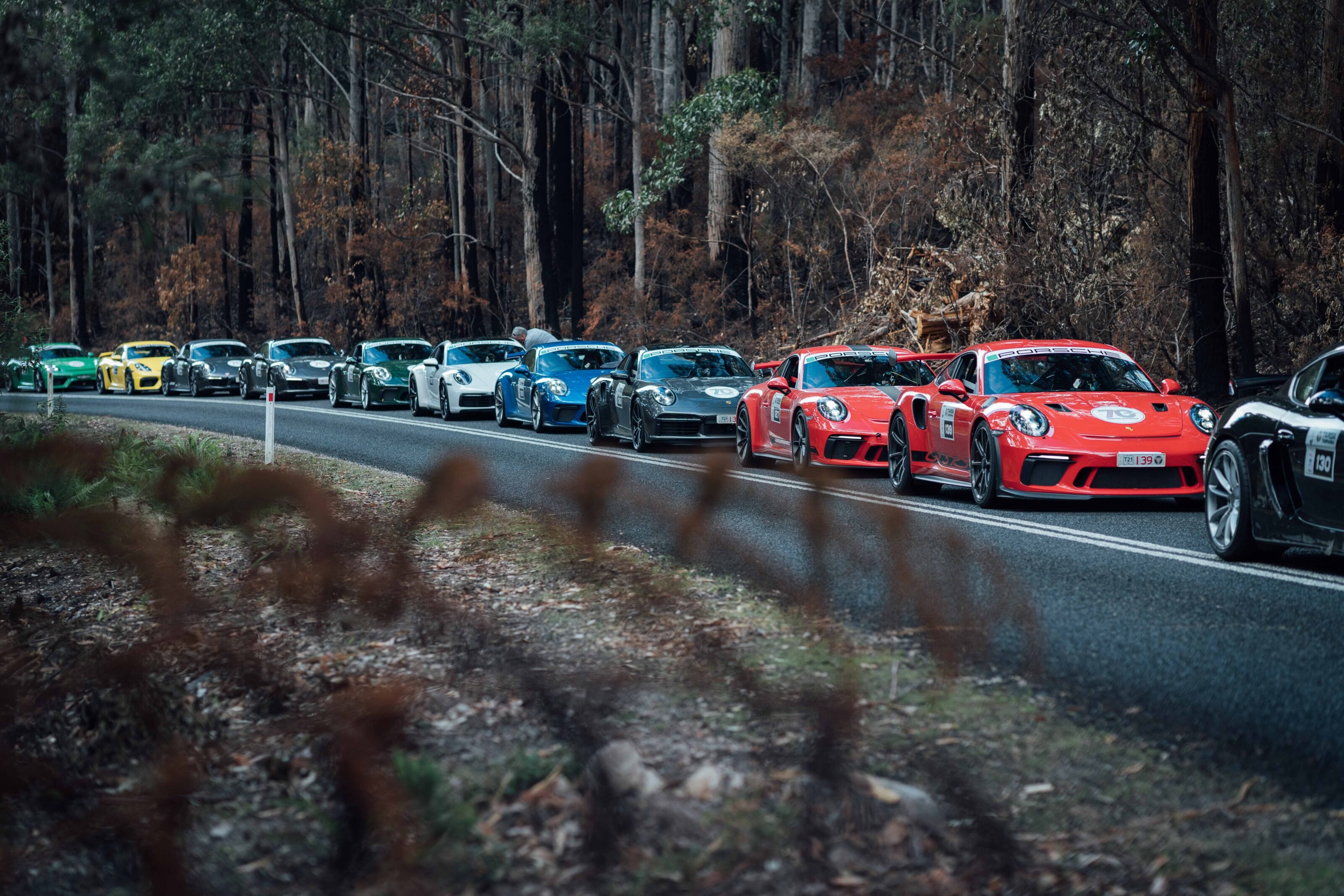
Are we doing enough though? At Targa, the truly fast cars have never been safer, but they’ve never been faster either.
A Porsche 991 GT3 RS is quicker to 100km/h than many Group B rally cars, yet in order to enter you don’t need the skills of Walter Röhrl. You need money. That and a Motorsport Australia National Rally Licence which costs $240.
Applicants over the age of 25 aren’t required to complete an observed licence test if they have held a civil drivers licence for five years or more. So, if you’re sufficiently cashed-up, you can buy a rocketship road car and compete in Targa with no significant oversight of your basic competence behind the wheel. Caveat aemulus and all that.
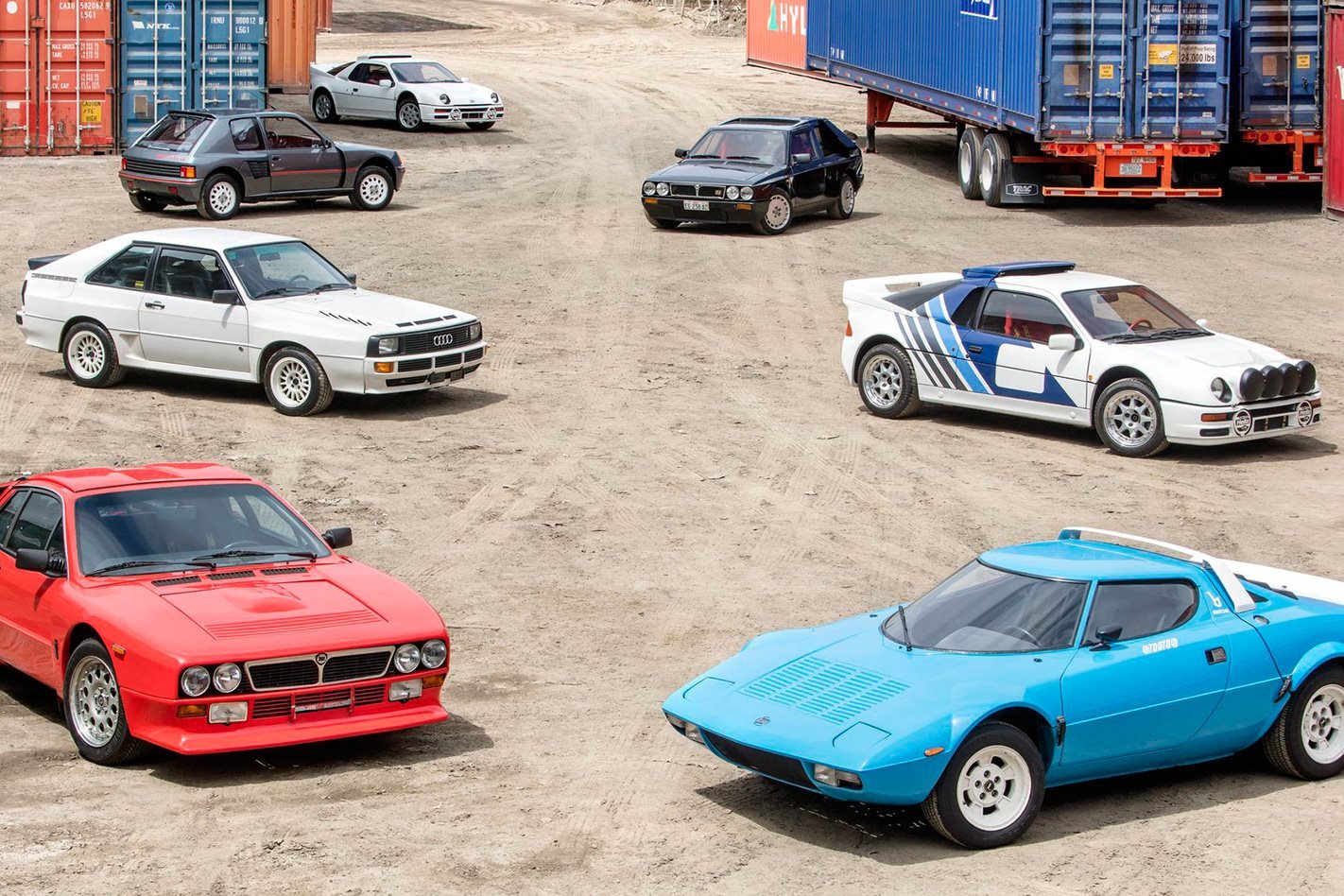
This is in no way a slur on the organisers nor those who tragically lost their lives this year, who by all accounts were experienced and capable competitors. It does bring me to question whether other drivers who are often beyond their prime should be driving flat-out in supercars on a course with some of the most challenging roads and weather in the world. Motorsport Australia has a huge and unenviable task on its hands.
One thing’s for sure. Targa will come under huge scrutiny henceforth. Let’s hope level heads and hard data do the talking.
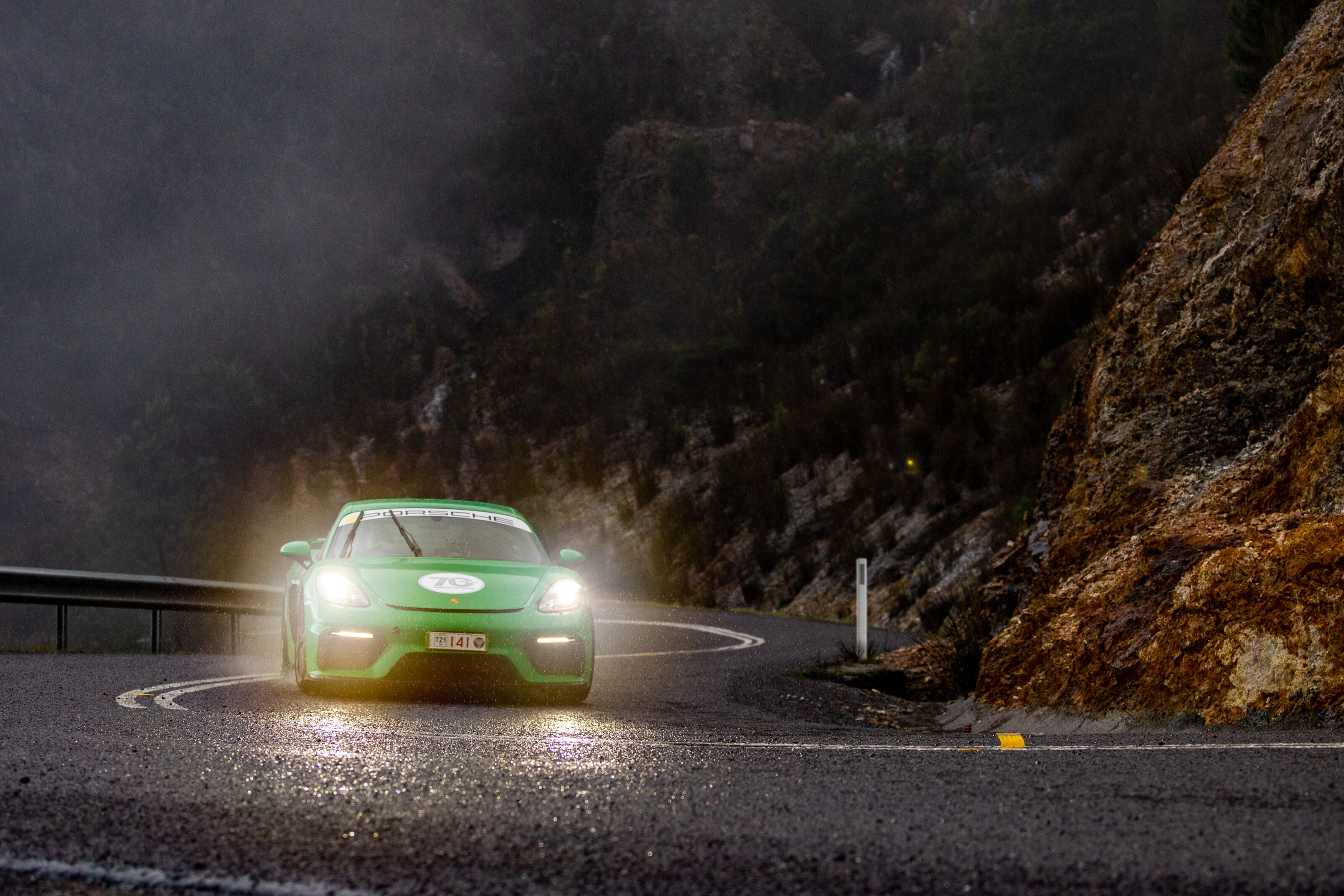
We recommend
-
 Opinion
OpinionOpinion: E-fuels are a fool's gold for drivers
Creating synthetic fuels out of thin air is no longer a dream, but don't expect it to save the ICE.
-
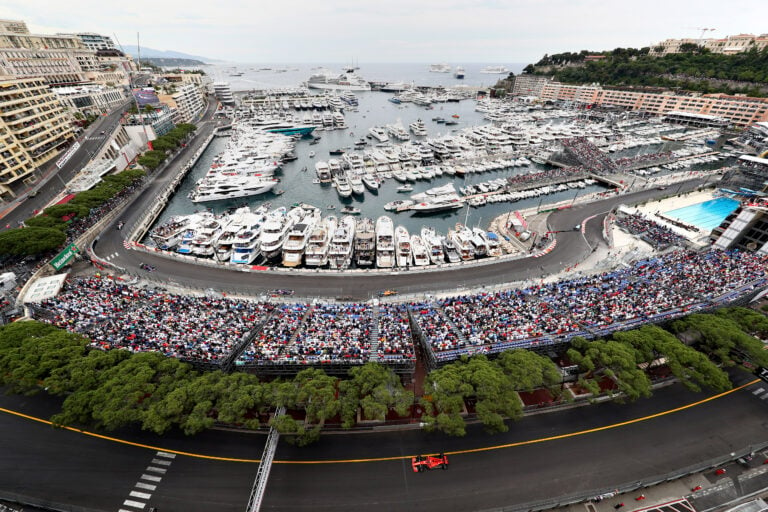 Opinion
OpinionOpinion: The most overrated race tracks in the world
A recent chat at MOTOR HQ has Kirby pondering the world's most overrated circuits
-
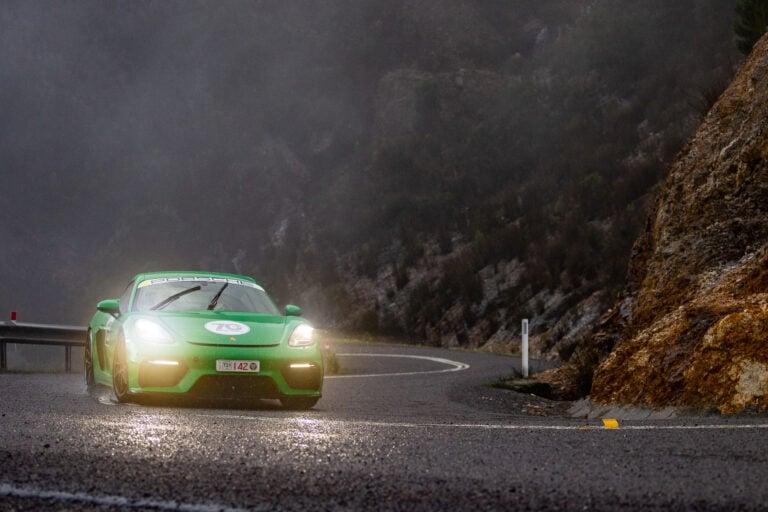 Features
FeaturesWe tour Targa Tasmania in the Porsche Cayman GT4
Targa Tasmania in a Cayman GT4 is about as good as driving gets but this year, things took a tragic turn…


